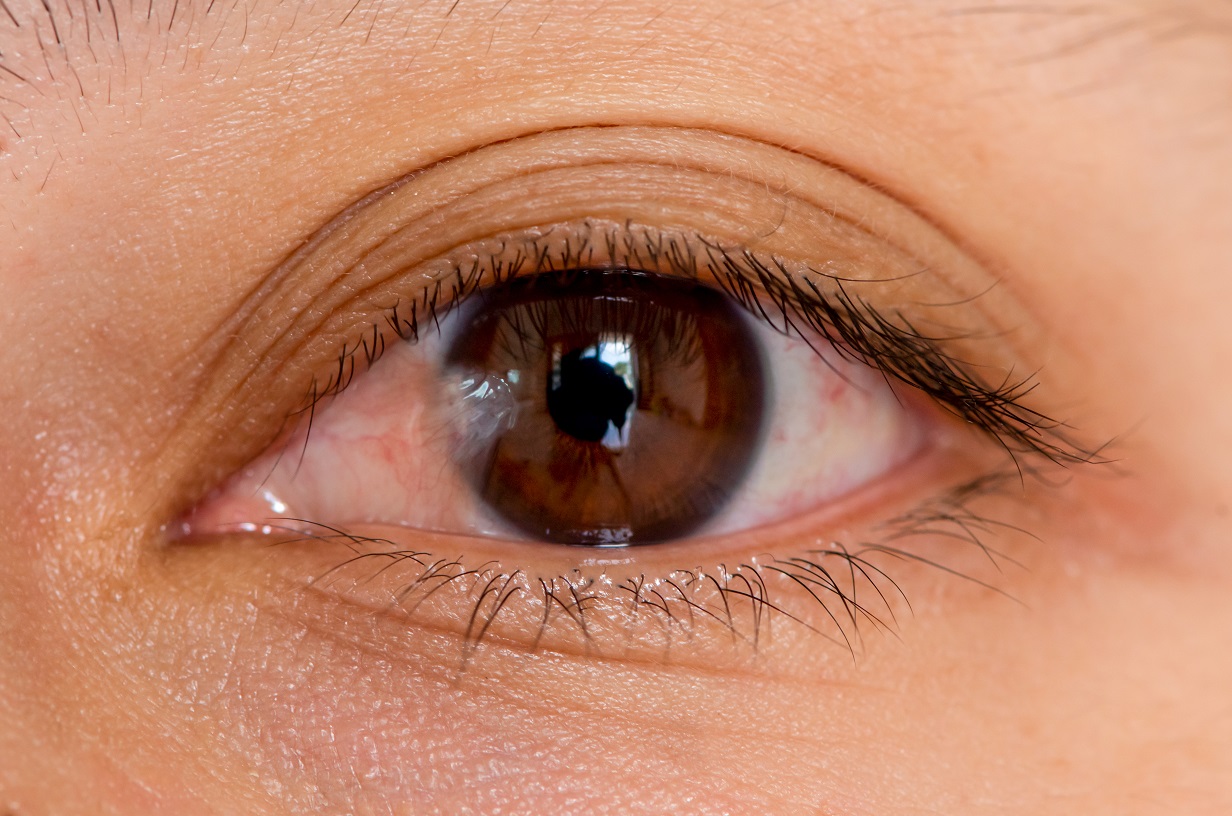Welcome to
On Feet Nation
Members
-
Richard Online
-
-
Blog Posts
Top Content
Pterygium Treatment: A Comprehensive Guide
Pterygium, a common eye condition, can be both a cosmetic concern and a source of discomfort for those affected. Often referred to as "surfer's eye" due to its prevalence among individuals exposed to intense sunlight and wind, pterygium is a growth of pink, fleshy tissue on the white part of the eye (conjunctiva). While it might start as a minor irritation, it can progress and potentially affect vision. In this article, we will explore various pterygium treatment options, from preventive measures to surgical interventions.
Prevention is Key
Preventing pterygium is the first line of defense. As exposure to ultraviolet (UV) rays and dry, dusty environments are primary risk factors, wearing sunglasses with 100% UV protection and protective eyewear when needed is crucial. Additionally, using artificial tears to keep the eyes moist can help reduce irritation and the likelihood of pterygium formation.
Conservative Management
In mild cases, pterygium can often be managed without surgery. Conservative treatments include:
Artificial Tears: Lubricating eye drops can provide relief from dryness and discomfort associated with pterygium.
Steroid Eye Drops: These drops can reduce inflammation and alleviate symptoms. However, long-term use should be supervised by an eye care professional due to potential side effects.
Cyclosporine Drops: These immunosuppressive drops can help control inflammation in some cases.
Pterygium Shields: Specialized shields can be worn to protect the eye from further irritation, particularly during outdoor activities.
Surgical Options
When pterygium progresses to a point where it affects vision or causes significant discomfort, surgical intervention may be necessary. Several surgical techniques are available, with the primary goals being pterygium removal, symptom relief, and minimizing the risk of recurrence:
Pterygium Excision: This is the most common surgical approach. The pterygium is removed, and the area is typically covered with a graft from the patient's own conjunctiva or amniotic membrane to reduce the likelihood of recurrence.
Auto-Graft: In this technique, the surgeon removes the pterygium and uses a graft taken from the healthy conjunctiva of the same eye. This is considered the gold standard for pterygium surgery due to its low recurrence rate.
Amniotic Membrane Transplantation: In some cases, an amniotic membrane graft is used instead of the patient's own conjunctiva. This technique is particularly useful in severe or recurrent cases.
Radiation Therapy: In rare cases, radiation therapy may be considered to reduce the risk of pterygium recurrence after surgical removal.
Post-Operative Care
After pterygium surgery, it is essential to follow the post-operative care instructions provided by your ophthalmologist. This typically involves using prescribed eye drops, avoiding excessive sunlight exposure, and refraining from activities that could irritate the eyes, such as swimming or dusty environments. Regular follow-up appointments are also crucial to monitor healing and detect any signs of recurrence.
Pterygium can be a bothersome and vision-impairing eye condition, but with proper prevention, conservative management, and surgical treatment when necessary, its impact can be minimized. Remember, early intervention and good eye protection practices, such as wearing sunglasses and using artificial tears, are your best allies in preventing and managing pterygium. If you suspect you have pterygium or are experiencing eye discomfort, consult with an eye care professional for an accurate diagnosis and personalized treatment plan.
For More Info:-
© 2024 Created by PH the vintage.
Powered by
![]()

You need to be a member of On Feet Nation to add comments!
Join On Feet Nation